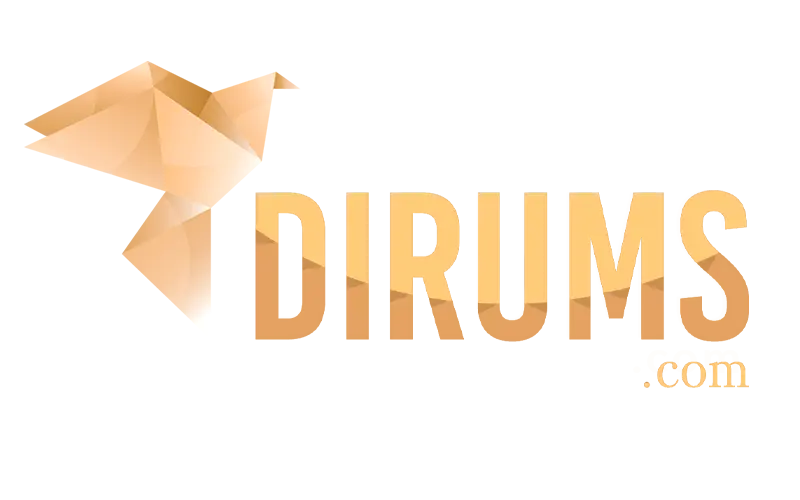Wildlife Paintings
Table Decor
Painting for Living Room
Religious Paintings
/media/DHOKRA-2%20%281%291694240693056.jpg)
Tradition & Innovation Combined - Timeless Beauty Of Dhokra Art
Dhokra art, also known as Lost wax casting, is a traditional metal work procedure that emerged in the tribal states of India, specifically states like Odisha, Chhattisgarh, Jharkhand, and West Bengal. This art form dates back 4,000 years ago and is still being practiced in modern times. Non-ferrous metals, mostly brass, and copper, are used to make beautiful and detailed handicrafts like sculptures, and jewelry. The procedure is intensive and done by hand, with an emphasis on using traditional tools and methods that have been passed down from generation to generation.
The rustic and earthy appearance of this art form, categorized by raw finish and intricate designs, makes it very popular. Each art piece is unique and represents the artisan’s craftsmanship. These handicrafts represent the cultural heritage of the region where they are being practiced. Nature, tribal life, and mythology are the themes from which these art pieces take inspiration from. Not only does this art form preserve traditional roots but it also combines modern designs and innovation. It is a versatile form of art as it can be found in a wide variety of art pieces from tribal figurines to home decor items.
Exploring The Dhokra Art Process
The following is a breakdown of the artwork process:
Formation Of A Core: The process of making any artwork begins with the formation of a core, generally made of clay. The core acts as the foundation for the final metal figurine.
Sculpting The Core With Wax: The clay core is then coated with beeswax, which is then hand-sculpted into the desired design. The artisan adds the intricate designs onto the wax-coated layer.
Creating A Mold: Another layer of clay is added to the wax to form a mold to encase the sculpture totally.
Heating The Mold: The mold is subjected to heat with the wax sculpture inside. The heat melts the wax and flows out of the mold, creating an empty space inside the mold.
Filling The Mold With Molten Metal: Molten metal is poured into the hollow space inside the clay mold. When the metal cools down, it takes the shape of the sculpture.
Removing The Mold: After the molten metal cools down, the mold is broken revealing the raw metal figurine.
Refining & Detailing The Structure: The final process of the art-making process includes detailing and redefining the metal sculpture. Artisans also polish the metal sculpture and add decorative embellishments bringing out the timeless beauty of the figurine.
The Everlasting Elegance of Traditional Dhokra Art
The amazing aspect of this art form is its timeless charm. The artisans who make it are very skilled, and the patterns are very intricate. The art pieces look good in old as well as contemporary places, giving them an elegant look and making people connect with history. The charm and elegance of this art form can be attributed to the following factors:
Symbol of Cultural Identity: This art form is closely connected with the culture of the tribal communities of India. Every art piece tells a story and carries a tradition connected to the past.
Unique Style: The handicrafts have a rustic and natural appearance which makes them unique. The imperfection and the rough unfinished style of the handicrafts make them the perfect home decor.
Eco-Friendly Art Form: This art form is environment-friendly as natural metals are used in the casting process. The minimum waste generation is also a plus for nature.
Versatile Art Form: Dhokra artistry is very helpful and versatile as it can be used to make home decor, sculptures, and fashion items like jewelry. The handicrafts are suitable for the modern world as they were in ancient times.
Handcrafted With Care: Each art piece is handmade by skilled artisans who put a lot of effort into making them into masterpieces. The human touch and attention to detail can be seen in the handicrafts.
India is internationally recognized for its extensive cultural diversity. The handicrafts produced by indigenous artisans belonging to various regions of our nation have immense global popularity. They are considered to be a notable embodiment of Indian culture and history. Indian handicrafts are commonly crafted using natural raw materials, hence exhibiting an eco-friendly nature. Dhokra artistry is among the distinctive handicrafts that have emerged from the Indian subcontinent and have endured over time.
Abhishek
1.230x viewSign up for our newsletter
Stay up to date with the roadmap progress, announcements and exclusive discounts feel free to sign up with your email.




